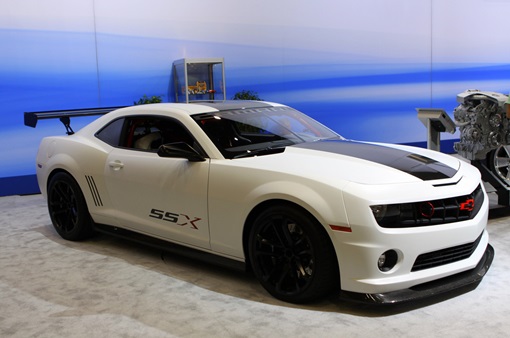Unlike some other sciences like nanotechnology, biotechnology and information technology, transportation technology is advancing at an incredibly slow pace. This industry can prove to be fascinating, and it’s all about moving ahead faster in the upcoming years thanks to two still puzzling discoveries – binary power and frictionless cars. Over the years, we’ve learned that control and freedom are humanity’s two main driving forces. Even though today’s automotive technology lets us drive with the speed of light and control our vehicle’s direction and timing, we’re still being forced to drive on the ground and deal with a wealth of laws concerning speed and car maneuvering.
What should We Expect from the Future of Car Technology?
The future of transportation is based on understanding that driving a car is about control and freedom. In general, new ways of transportation that doesn’t offer us driving freedom or doesn’t let us be in control will fail to gain an interest. A couple of decades from now, auto companies will probably concentrate their attention entirely on automated vehicles where people can actually “speak” at their vehicles and ask them to automatically take them from point A to point B. If this “control feature” becomes something real, it will open up massive additional markets for companies that want to sell cars to senior people, physically impaired individuals, families with kids that are too young to get behind a wheel, mentally impaired individuals, and more.
Frictionless Cars – What to Expect in the Future:
According to some specialists in the auto business, flying cars will emerge in about 20 years from now. The commercialization of a car that’s friction free will definitely change a lot of things in the automotive industry. Rumor has it that the flying car will probably be the ultimate freedom machine. Much like the shift from an analog to a digital world of advanced technology, the industry of traditional aerodynamics and mechanics will be substituted with brand new physics principles that will aim to rule over the auto movement. Although flying cars might take a few decades to become reality, the idea is planning on becoming a next generation principle worth focusing on.
Flying Cars – will they Give a New Meaning to the Way We Currently Drive Cars?
The flying car era has already started to shape up. If twenty years ago the concept was considered totally absurd, today increasingly more companies believe that there’s a future behind this whole theory. For the flying car technology to become a reality, several key breakthroughs are required.
- 4 Clever Smartphone Apps for Safe Driving
- Automated navigation systems – average individuals already have issues navigating on a 2D surface. Without an on-board navigator to be in charge of the driving, the flying car industry won’t materialize. Drivers will want to have the capacity to perform custom maneuvers in special situations, but they don’t want to keep on an eye on road constantly.
- Airspace directional layering – since there will be a couple of thousands cars flying around in 50-60 years, an organized system for air traffic management will be required.
- Vertical take-off with low impact – for the average person to use a flying car, it can’t take off from the ground like an airplane. Also, there will be a need to land and take off vertically without making too much noise to blowing off too much wind.
- Fly-drive capability – as we’re transitioning from ground-based vehicles to flying vehicles, a system must be developed to facilitate both driving methods and not mix them up.
- Specialized safety systems – Organizations such as the NTSB and FAA control the airspace and aircraft to make sure that the pilots are offered the best safety conditions. Future safety technologies will include: emergency airbags for drop-out-of-the-ski and collision avoidance systems
Fifty years from now, we’re hoping that the flying car technology will become something real. The vehicles won’t come cheap though, considering the manufacturing process will be incredibly complex. Due to recent advances in friction-free technologies, the vehicles of the future look better. They will be manufactured from fewer pieces and the difficulty of making a car will be reduced as soon as the technology goes mainstream. As for the cost, rumors have it that the cheapest flying car will be somewhere around $5,000.





